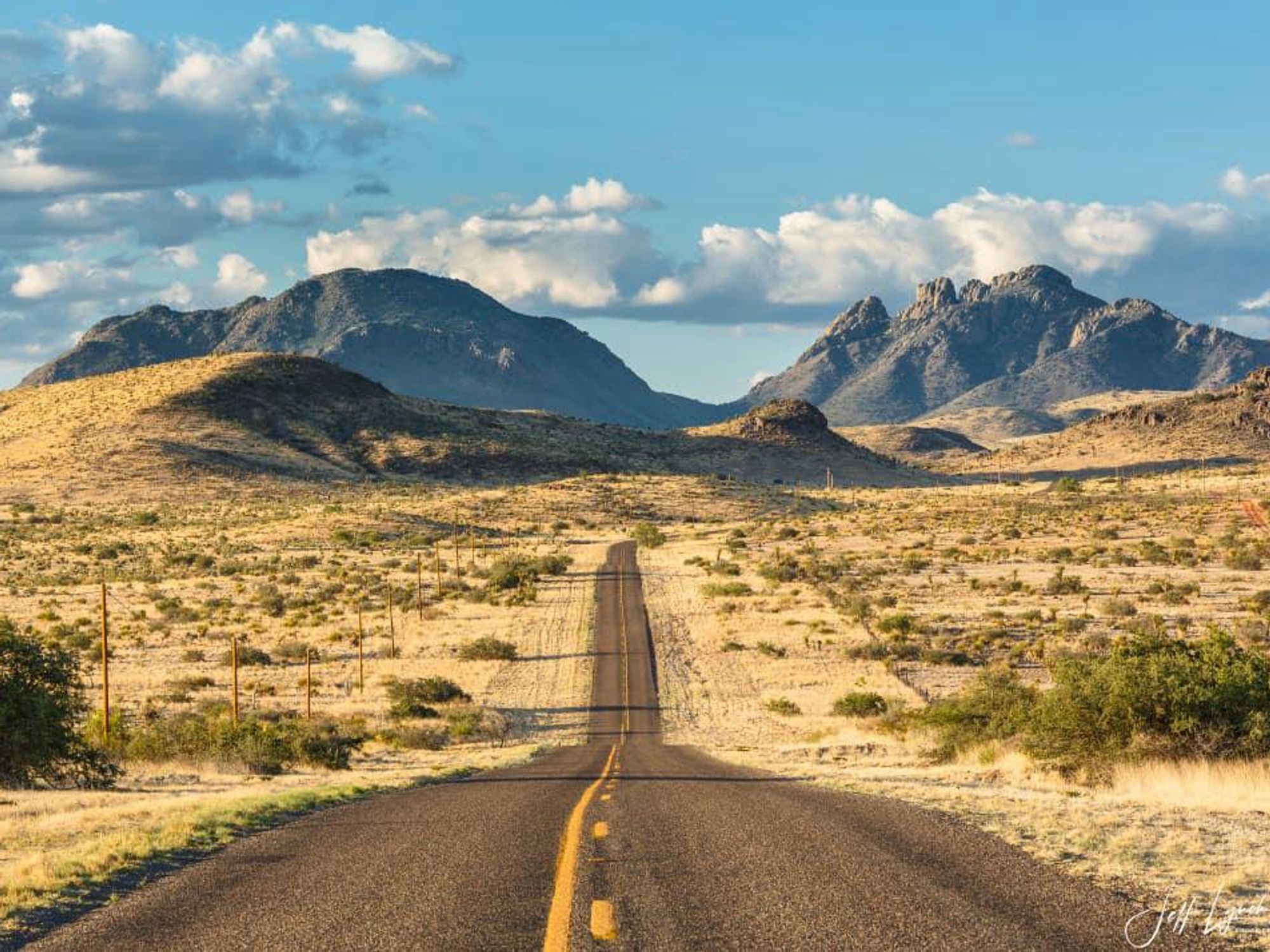Mountain Ranges of Texa. The vast prairies and expansive deserts of Texas are not the only impressive features of this state. Magnificent mountains also abound here. Known for their breathtaking views, exciting outdoor activities, and rich historical and cultural heritage, these natural wonders offer a wide range of activities. This article explores the diverse mountain ranges in Texas, their unique features, and their experiences for visitors.
Table of Contents
Geography of Texas
The geographical context of Texas must be understood before delving into the specific mountain ranges. In terms of size, Texas is the second-largest state in the country, covering over 268,000 square miles. Louisiana and Arkansas border it to the east, while Mexico and New Mexico share borders with it to the south, west, and north. Louisiana is in the heart of the country.
Mountain Ranges of Texas
1. Guadalupe Mountains
One of Texas’ most prominent mountain ranges, the Guadalupe Mountains is located near the border with New Mexico. At 8,751 feet above sea level, Guadalupe Peak stands tall at the highest point of these rugged peaks, carved by ancient seas and uplifted by geological forces. Hiking, backpacking, and wildlife viewing are among the activities available in Guadalupe Mountains National Park.
2. Davis Mountains
The Davis Mountains are located in West Texas, away from the bustle of the city. The mountains are a paradise for nature enthusiasts with their verdant meadows and clear blue skies. The highest peak in the range is Mount Livermore, which rises to 8,382 feet. Camping, picnicking, and stargazing are among the recreational activities offered in Davis Mountains State Park.
3. Chisos Mountains
A hidden gem in southwest Texas, the Chisos Mountains are part of Big Bend National Park. Stunning views, diverse ecosystems, and incredible hiking trails are available at these ancient volcanic peaks. Emory Peak stands at 7,825 feet and provides adventurous hikers with a challenging yet rewarding experience. Chisos Mountains visitors can enjoy camping, wildlife spotting, and breathtaking sunsets while immersed in the natural beauty of the region.
4. Franklin Mountains
Located in the westernmost corner of Texas, the Franklin Mountains are the longest sustained mountain range in the state. These mountains offer a unique blend of outdoor recreation and cultural heritage thanks to the majestic North Franklin Peak, which rises to an elevation of 7,192 feet. Hiking, mountain biking, and rock climbing are popular activities in Franklin Mountains State Park, providing visitors with a thrilling experience in stunning desert surroundings.
5. Big Bend Mountains
A picturesque backdrop to the Rio Grande River is provided by the Big Bend Mountains in the Big Bend region of Texas. The rugged beauty of these mountains and their remote wilderness make them famous. There is no better place in the area to see the magnificent natural wonder of Santa Elena Canyon carved out by the rivers. There are many opportunities for backpacking, horseback riding, and birdwatching at Big Bend Ranch State Park, allowing visitors to experience the untamed wilderness of Texas.
Tourist Attractions and Parks

There are numerous national parks and state parks in Texas that highlight the beauty of the mountains.
1. Guadalupe Mountains National Park
There are a variety of natural wonders to be found in Guadalupe Mountains National Park, encompassing the rugged Guadalupe Mountains. It features over 80 miles of hiking trails, deep canyons, and unique geological formations. Guadalupe Peak is accessible by hiking. Nature lovers and outdoor enthusiasts will enjoy the park’s camping facilities, interpretive programs, and the opportunity to stargaze.
2. Big Bend National Park
A sprawling natural oasis encompassing the Chisos Mountains and vast expanses of the Chihuahuan Desert, Big Bend National Park is a UNESCO World Heritage Site. You can hike, raft down the river, and observe wildlife in this park, which offers an unparalleled level of outdoor exploration. Enjoy scenic trails, soak in hot springs, and admire the Rio Grande River winding through majestic canyons as visitors explore scenic trails and soak in hot springs.
3. Toll mountain
The Toll Mountain is located in the heart of the Chisos Basin. The Chisos Basin is surrounded by the eastern wall of Toll Mountain. This mountain lies between Casa Grande and Emory Peak. It is the third highest point in the park, standing at 7415 feet above sea level. The monument is named in honor of Roger Toll, who was instrumental in establishing Big Bend National Park in the first place
FAQ`s
What is the highest point in the Davis Mountains?
The Davis Mountains’ highest point is Mount Livermore, at 8,378 feet, the fifth-highest mountain in the state. The peaks of the Davis Mountains rise to a height of more than 7,000 feet.
Conclusion:
Texas’ mountains are a captivating blend of natural beauty, outdoor adventure, and historical significance. These ranges provide a diverse range of experiences for visitors, from the rugged Guadalupe Mountains to the serene Davis Mountains. The mountains of Texas are a testament to the state’s diverse and awe-inspiring landscapes, regardless of whether you hike to breathtaking summits, explore deep canyons, or immerse yourself in the rich cultural heritage found there.